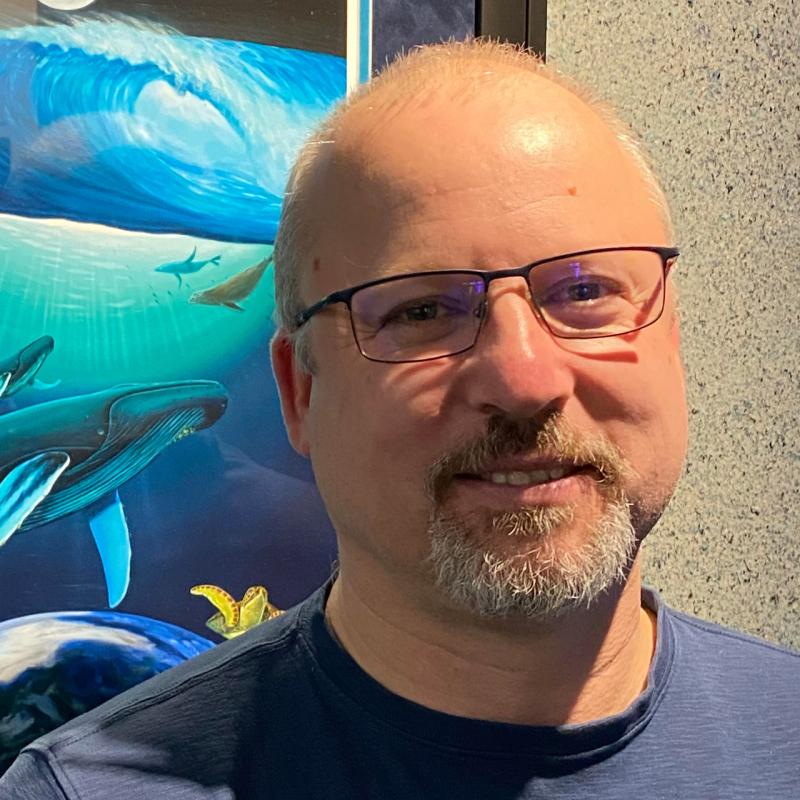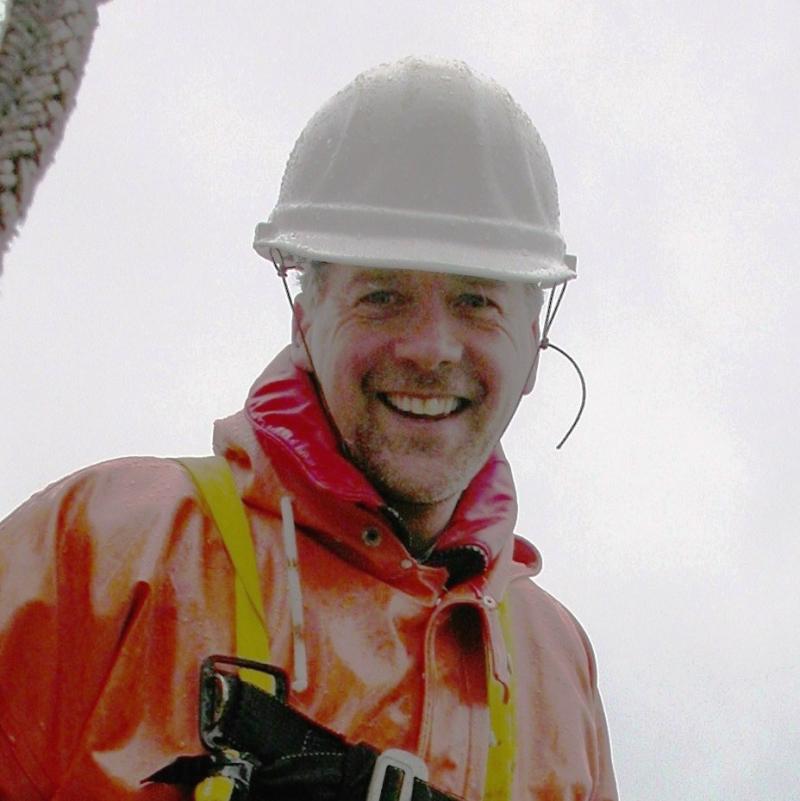July 26, 2020
Jamal Moss, Andy Gray, and Jim Murphy along with the crew of the R/V Medeia (Jim deLaBruere, Craig Conger, Cedar Stark, and Luke Erickson) departed Harris Harbor in Juneau to start the second and final leg of the 2020 Southeast Alaska Coastal Monitoring (SECM) survey. It was a relief to finally be underway after all the planning and implementation of COVID-19 mitigation protocols required for the survey.
We start sampling stations in Stephens Passage along the west side of Douglas Island. The day started out cold, windy and rainy, but the weather improved by mid-day and it was clear that the abundance of juvenile Chinook salmon was higher than the previous month and was looking like it would end up being similar or higher than last year. Juvenile Chinook are consistently the most abundance species of salmon in this section of Stephens Passage, which is not typical of most marine habitats in Alaska. Chinook are the least abundant of all salmon species in Alaska and generally a rare species in marine habitats.







